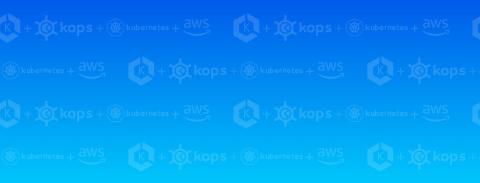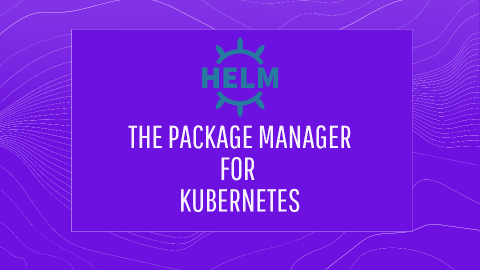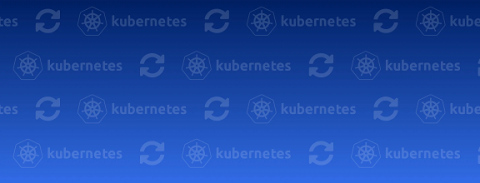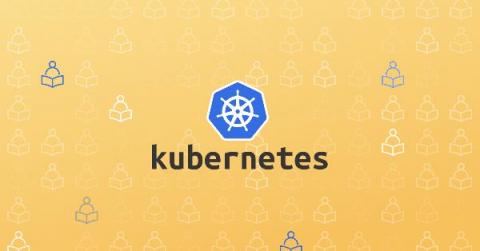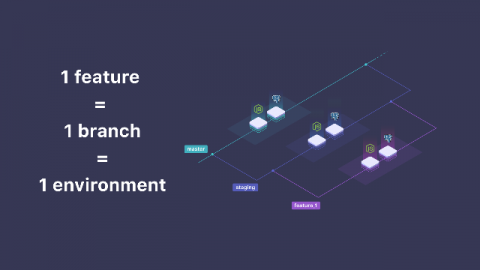Enhancing Kubernetes Security with Pod Security Policies, Part 1
Kubernetes Pod Security Policies (PSPs) are a critical component of the Kubernetes security puzzle. Pod Security Policies are clusterwide resources that control security sensitive attributes of pod specification and are a mechanism to harden the security posture of your Kubernetes workloads. Kubernetes platform teams or cluster operators can leverage them to control pod creation and limit the capabilities available to specific users, groups or applications.




